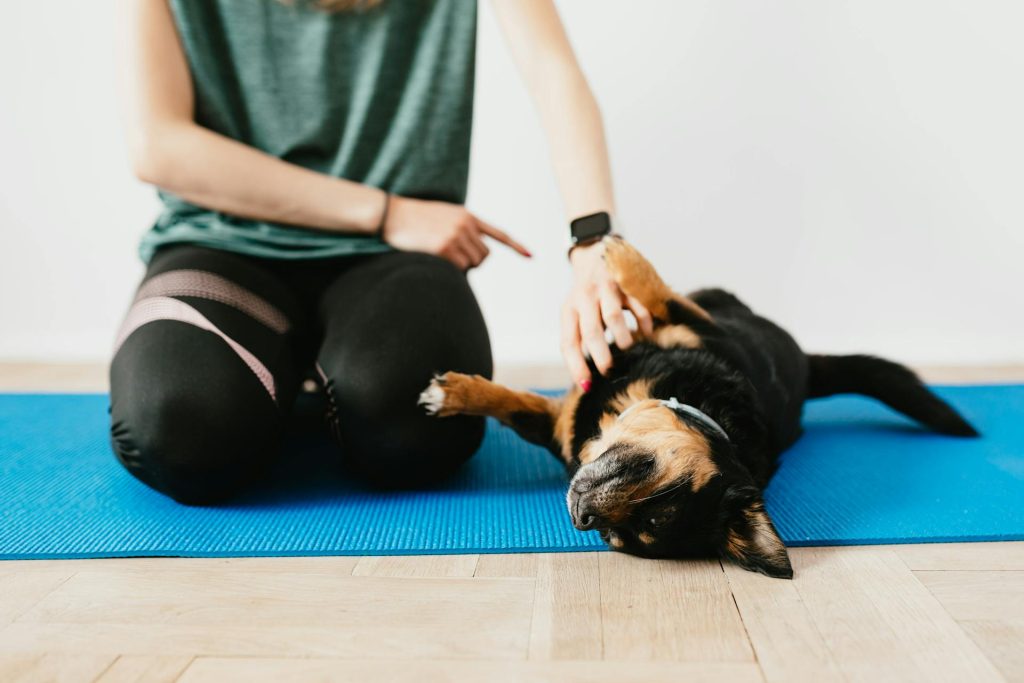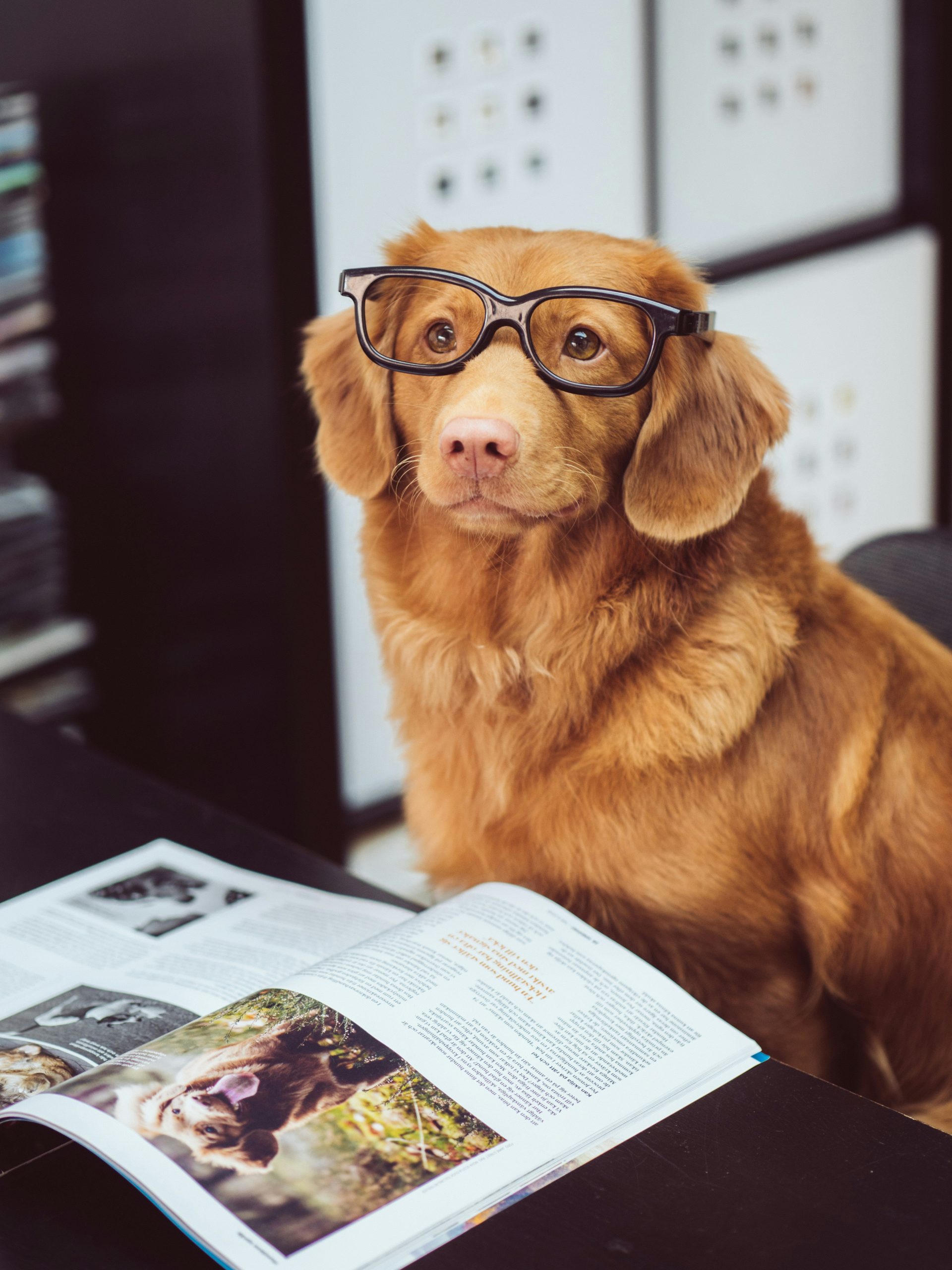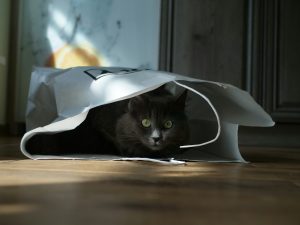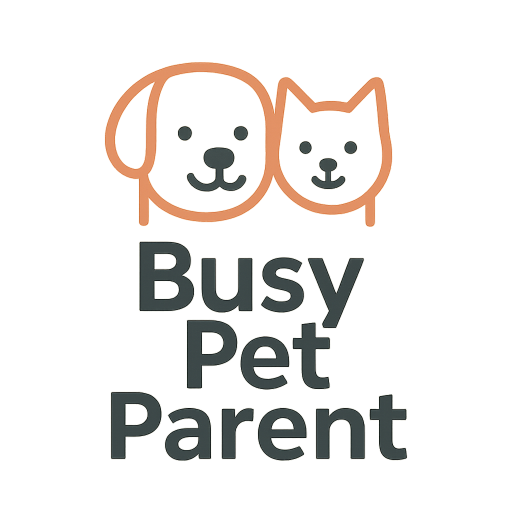
25 Essential Tips for Dog Training in Apartments (A Complete Beginner’s Guide)
Living in an apartment doesn’t mean you have to sacrifice a well-trained, happy pup. With the right strategies, even dogs in small spaces can thrive with structure, boundaries, and enrichment. This guide delivers 25 essential tips for dog training in apartments—perfect for first-time owners, busy urban professionals, and anyone raising a pup without a backyard.
From basic commands to behavior shaping and space-smart routines, these tips cover everything you need to raise a polite, confident dog right at home. Let’s dive in!
1. Start Potty Training on Day One
One of the most important parts of apartment living with a dog is consistent potty training. Without a backyard, indoor accidents can become a major issue—especially in rentals. Start training from day one by using puppy pads, an indoor turf patch, or scheduling walks every 2–4 hours depending on age.
Learn how to set a schedule and avoid common mistakes in our guide to potty training in apartments.
2. Use Clicker Training for Clear Communication
Clicker training is a simple, sound-based method that marks the exact moment your dog does something right. It’s ideal for small spaces because it focuses your dog’s mind and builds clear associations—without needing to run across a yard to reinforce a command.
Click once, reward immediately. With consistency, your dog will connect behaviors like “sit,” “down,” and “place” to rewards faster than voice praise alone.
3. Reward Calm Behavior in Confined Spaces
Apartment pups can easily get overstimulated with outside noise, neighbors, and hallway traffic. Train your dog to relax and settle on command by rewarding moments of calm behavior—even when nothing is happening.
Use a chew toy, lick mat, or soft praise to mark relaxed body language like lying down quietly. Over time, your dog will learn that “chill mode” earns attention, not just excitement or barking.
4. Leverage Mealtimes for Training Sessions
Instead of feeding your dog in a bowl, use part or all of their kibble as rewards for mini training sessions throughout the day. This builds impulse control, makes food more rewarding, and reduces boredom in tight spaces.
A handful of kibble can go a long way when teaching commands like “wait,” “leave it,” or “come.” Training becomes part of their routine rather than something extra.
5. Rotate Toys to Prevent Boredom and Bad Habits
In a small space, having the same toys lying around all the time can lead to disinterest—or worse, destructive chewing. Keep only a few toys out at a time and rotate the rest weekly to keep things exciting.
Include puzzle feeders, durable chews, and soft toys for variety. This reduces the chances your pup will “invent” a new hobby like tearing up furniture.
6. Schedule Short, Focused Training Sessions Daily
Dogs don’t need long, exhausting training blocks to make progress—especially when space is limited. Just 5–10 minutes of focused work each day can build impressive obedience over time. Practice two or three commands at a time, and keep sessions upbeat.
Check out our routine-based guide to dog training for busy people to help stay consistent.
7. Practice Elevator and Hallway Etiquette
Living in an apartment often means your dog will encounter elevators, stairwells, and neighbors in tight quarters. Practice polite waiting at doors, sitting before entering or exiting, and loose-leash walking around distractions to make shared spaces stress-free for everyone.
Bring treats on walks through the building to reinforce good manners in motion.
8. Reward Quiet Instead of Barking
Barking is one of the fastest ways to upset neighbors and risk pet policy violations. Instead of yelling “quiet,” reward your dog when they stop barking on their own. Use a calm tone and immediately reinforce silence with a treat or toy.
For help with sound triggers like neighbors or traffic, explore our guide on calming dogs that bark at random noises.
9. Teach “Place” to Reduce Chaos in Small Spaces
The “place” command teaches your dog to go to a specific mat or spot and stay there until released. It’s incredibly useful in apartments where door greetings, deliveries, or guests can cause excitement. Use a non-slip mat and reward generously at first.
Eventually, your dog will see their “place” as a safe, calm retreat—especially during mealtimes, cleaning, or Zoom calls.
10. Enrich Boredom with Indoor Games and Challenges
A tired dog is a well-behaved dog. When walks are limited, indoor games like tug, hide-and-seek, or DIY treat scavenger hunts can keep your pup mentally sharp and physically content. This reduces mischief like chewing, barking, or zoomies down the hallway.
Need inspiration? Try one of these enrichment games for indoor dogs.
11. Practice Recall in Hallways and Enclosed Spaces
Reliable recall (coming when called) is one of the most important skills for dogs in shared apartment areas. Practice in quiet hallways, stairwells, or even long corridors inside your building. Start with a short distance and plenty of treats, then build up.
Use a cheerful voice, and never punish your dog after they return—even if they were slow to respond.
12. Train Before Walks, Not Just During
Before heading out the door, practice a few basic commands like sit, stay, or eye contact. This helps your dog shift into “training mode” and burn a bit of mental energy. It also encourages calm behavior on leash and reduces pulling from the start.
Even a minute or two of obedience work before a walk creates better results outdoors.
13. Rotate Toys to Keep Training Fresh
Dogs in small homes can get bored of toys quickly. Instead of leaving all toys out, keep a few hidden and rotate them weekly. Introduce one “high-value” toy during training to make your sessions more exciting and rewarding.
Squeaky toys, tug ropes, and treat puzzles all make excellent motivators.
14. Stay Consistent with Household Rules
In tight quarters, it’s tempting to bend the rules—but consistency is crucial for successful apartment dog training. If the couch is off-limits one day but not the next, it confuses your pup. Everyone in the household should agree on rules and stick to them.
Post reminders on the fridge or crate area so roommates and family follow through too.
15. Pair Training With Mealtime Routines
Don’t just hand over your dog’s food—make them work for it with a few quick commands before setting the bowl down. Ask for “sit,” “wait,” or “touch” before releasing them to eat. This reinforces manners and adds structure to your daily routine.
Structured mealtimes can reduce food guarding and improve impulse control too.
16. Build Tolerance for Brief Alone Time
Separation anxiety can be intensified in apartments where dogs hear you just outside the door. Start with short absences—leave for 30 seconds, then return calmly. Slowly extend your time away. Don’t make a big deal out of arrivals or departures.
Puzzle feeders or safe chews can create positive associations while you’re gone.
17. Focus on Calm Greetings at the Door
If your dog barks, jumps, or rushes the door every time someone knocks or enters, it’s time to teach impulse control. Practice sit-stay exercises several feet from the door and reward calm behavior. Set up mock greetings with a friend to train consistently.
This makes things easier not just for you—but for visitors and delivery drivers too.
18. Train Your Dog to Ignore Elevator Dings
Some dogs get triggered by elevator dings, hallway sounds, or footsteps outside the door. Use a treat-and-response approach: every time the elevator dings, calmly say “yes” and give a treat—before your dog reacts. Repeat until it becomes background noise.
You’re not just training obedience—you’re desensitizing anxiety at the source.
19. Choose Commands That Match Apartment Needs
Focus on commands most useful for apartment life: “quiet,” “place,” “leave it,” “back up,” and “settle” can go a long way in shared living environments. These create calm, safe behavior in elevators, lobbies, and during maintenance visits.
Every dog should still learn “sit” and “stay”—but apartment dogs benefit from specialized cues too.
20. Use Training to Prevent Boredom Behaviors
Training isn’t just about obedience—it’s a powerful boredom buster. In small homes, under-stimulated dogs may chew furniture, whine, pace, or bark at nothing. Rotate short training games throughout the day to keep their brain working constructively.
Mental enrichment is just as important as physical exercise—especially in tight quarters.
21. Train Quiet Reactions to Outside Stimuli
Dogs in apartments often overreact to things they hear: footsteps in the hallway, other dogs barking, or cars outside. Reward your dog for staying quiet when those sounds occur. Use phrases like “good quiet” and reward with a treat or soft praise.
You can even preempt barking with a treat if you know a noise is coming—like garbage day or elevator traffic.
22. Create a Designated “Training Corner”
In small homes, structure matters. Dedicate one space—a mat, crate area, or small rug—as your consistent training zone. Dogs thrive on spatial consistency. It helps them understand when it’s time to focus and builds positive associations with training.
Keep treats and gear in a nearby container to make it easy to start short sessions throughout the day.
23. Avoid Floor-Rattling Training Activities
High-impact indoor games—like jumping, chasing, or rough tug-of-war—can disturb neighbors. Focus instead on low-impact training that emphasizes mental stimulation, such as scent work, obedience drills, or gentle puzzle games.
Your downstairs neighbors will thank you—and your dog won’t miss out on fun.
24. Use Clicker Training for Precision
A clicker is a small, inexpensive tool that makes a distinct sound to “mark” the exact moment your dog performs a desired behavior. This is especially helpful in apartments where verbal praise may be delayed or interrupted by external noise.
Click, then treat. It creates a strong learning pathway in your dog’s brain.
25. Celebrate Every Small Victory
Living in an apartment means adjusting your expectations—but that doesn’t mean training success is out of reach. Celebrate progress: the first quiet walk, the first sit-stay by the elevator, the first time your dog chooses calm over chaos. It all matters.
Training in apartments is about patience, creativity, and consistency—and your dog will thrive with the right approach.
Final Thoughts
Apartment living doesn’t mean you have to compromise on your dog’s training. In fact, it’s the perfect environment to build real-life skills that benefit your pup every day. These 25 essential tips for dog training in apartments offer a roadmap for raising a happy, well-behaved canine companion—even in compact spaces. With structure, creativity, and a whole lot of love, you can turn your apartment into a dog-friendly training haven.
Frequently Asked Questions
Can I train my dog effectively in a small apartment?
Absolutely. Apartment dogs benefit from focused, low-distraction environments. You can teach all the basics—and even advanced tricks—using short, consistent sessions. Training doesn’t require a yard, just a plan.
What’s the best age to start dog training?
The earlier the better. Puppies can begin learning basic commands as young as 8 weeks old. But it’s never too late—adult and senior dogs can absolutely learn new behaviors with positive reinforcement.
What if my dog barks too much in the apartment?
Excessive barking is common in apartment dogs. Use positive training to reinforce quiet behavior. Identify and desensitize triggers like hallway sounds, elevator dings, or mail slots. Mental stimulation and enrichment help too.
How long should training sessions be in small homes?
Keep sessions short—5 to 10 minutes is plenty. Aim for multiple mini-sessions per day instead of one long one. This prevents frustration and keeps your dog engaged.
What tools or gear help with dog training indoors?
Treat pouches, clickers, long lines, interactive toys, and crates all support indoor training. Puzzle feeders, mats, and calming sprays can also enhance your setup without taking up much space.

Join the Busy Pet Parent Newsletter!
Get easy routines, time-saving tips, and the latest gear reviews—delivered straight to your inbox.
Perfect for busy pet owners, apartment dwellers, and anyone who wants a happy, healthy companion (without the stress).
Exclusive guides & checklists
Product recommendations & deals
No spam—unsubscribe anytime!




